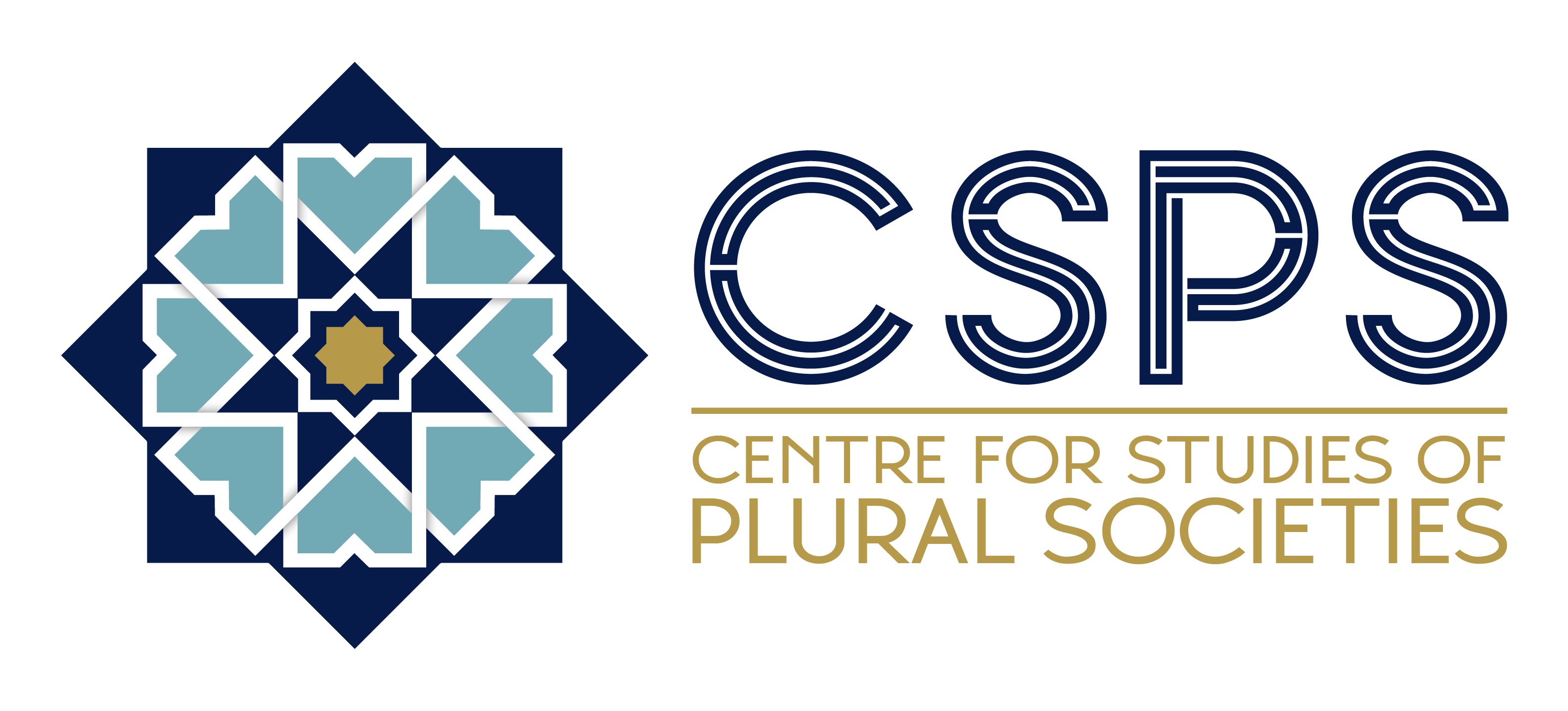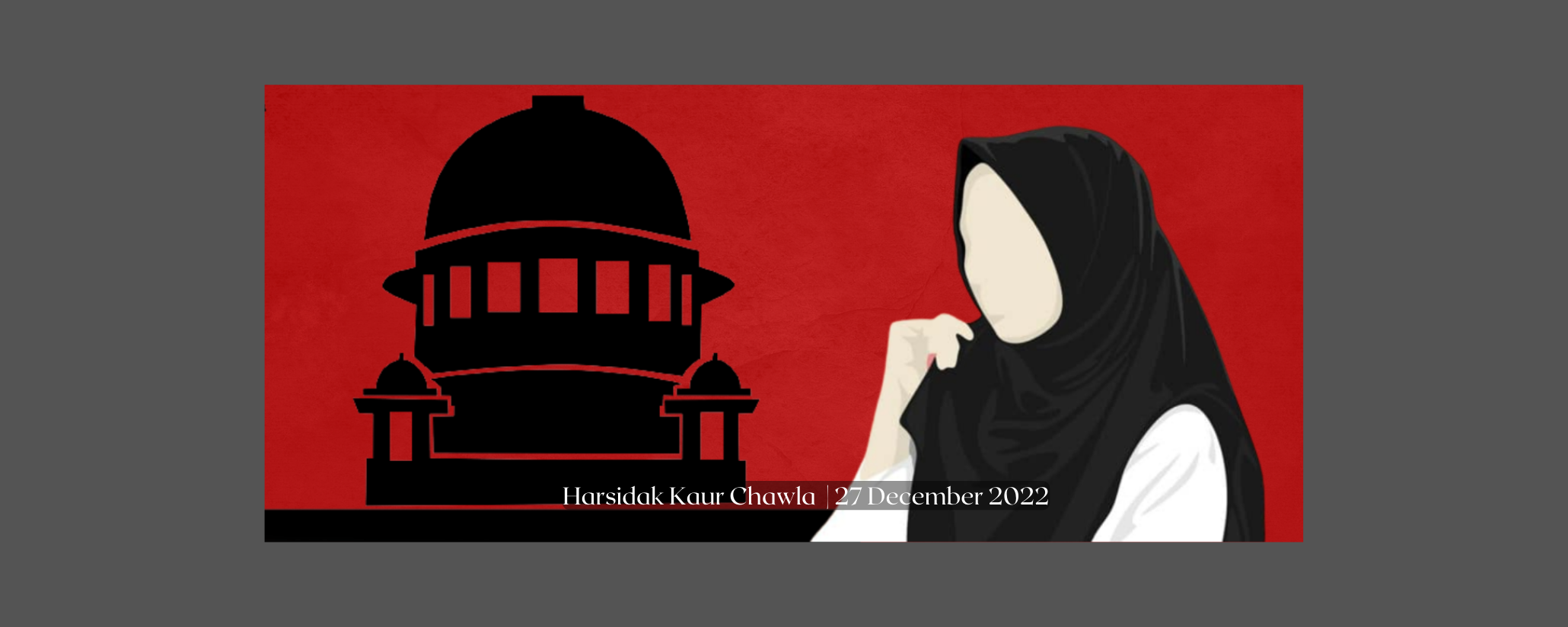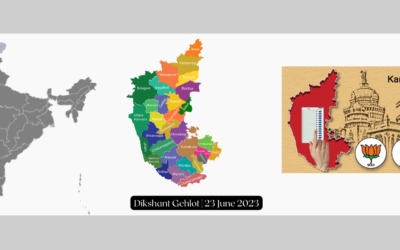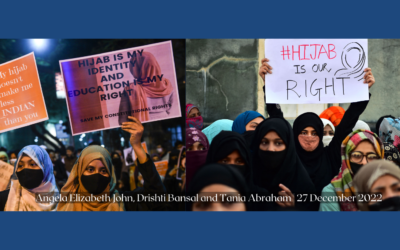The Hijab ban is surrounded by controversies that aim to divide society and convert the issue into a communal one. Examining the situation through a communal lens conveniently squirrels out of the background, and the legal and administrative procedures of the ban take precedence. Under its legitimate authority and to preserve the norms of an educational institution, the government has restricted a sartorial piece of clothing which can disrupt law and order. This article aims to understand the political, legal, and contextual background of the ban and the necessity of the hijab ban to preserve the uniformity and framework of educational institutions.
The Coastal Karnataka region, especially Udupi and Kundapur, has rising communal tensions. The background of the hijab ban plays a pivotal role in the contextual understanding of the ban itself. Communal tensions have recently grappled the region, and it is concerning this context that understanding the need for the ban becomes imperative. As the region is unstable and prone to hostile situations, creating spaces where religion and its symbols do not interfere is imperative. It is also important because any minor misstep can cause disruption and instability based on religious lines. Therefore, in essence, the ban on hijab is to regulate educational institutions and restrict the pervasion of religious symbols in the classrooms.
Educational institutions can be regulated through norms that are uniformly accepted and followed by those consenting to those norms and enrolling in the institutions. This manifests in the way educational institutions prescribe uniforms to maintain homogeneity. Uniforms serve as a marker of formal equality, and the State is authorized, under the Karnataka Education Act of 1983, to create regulations in educational institutions in regard to uniforms. The State’s prerogative is to make laws to maintain peace and stability and those in accordance with the legal provisions of the constitution. Hence, the provincial government is justified under the established legal and administrative procedures.
This was ingeminated in jurisprudence; The Bombay High Court in Fatima Hussain Syed vs Bharat Education Society & Ors. (AIR 2003 75) upheld the judgment stating prohibition of wearing a headscarf in schools was not in violation of Article 25. The Court sought to balance the fundamental right of a woman to have the choice of dress based on religious injunctions and the fundamental right to establish, manage and administer an institution. While adjudicating a similar claim, in Fathima Tasneem vs State of Kerala (2018) (Special Appeal No. 95 of 2012 at Kerala High Court), the Kerala High Court too held “that the collective rights of an institution would be given primacy over individual rights of the petitioner”.
Furthermore, as emphasized by Justice Gupta in the Supreme Court judgment that “the concept of the fraternity will stand fragmented as the apparent distinction of some of the students wearing a headscarf would not form a homogenous group of students in a school where education is to be imparted homogeneously and equally, irrespective of any religious identification mark. The Constitutional goal of fraternity would be defeated if the students are permitted to carry their apparent religious symbols with them to the classroom.” This exceptional basis being created for the religious expression of a particular religion is contrary to the spirit of Article 14, which guarantees the Right to Equality, as it would result in different treatment of students in secular schools who may be following varied religious beliefs.
The opposition to the ban is argued based on violation of the rights guaranteed under Article 25. However, the rights to “Freedom of conscience and free profession, practice and propagation of religion” are subject to reasonable restrictions on matters of “public order, morality and health”. The public order caveat enables the State to impose limitations on the right of freedom of conscience in the interest of maintaining public order.
The opposition to the ban is argued based on violation of the rights guaranteed under Article 25. However, the rights to “Freedom of conscience and free profession, practice and propagation of religion” are subject to reasonable restrictions on matters of “public order, morality and health”. The public order caveat enables the State to impose limitations on the right of freedom of conscience in the interest of maintaining public order. This is appositely represented in the hijab ban case as the demands raised by a particular community open the pandora’s box of religious expression claims being argued in educational institutions. Demands for the religious expression of one community open the floor for such claims by other religious communities and sects within the same religion for such religious accommodation. The State is not under its ambit to accommodate all claims, which can create a hostile environment within communities. Thus, the delineation process regarding accommodating demands raised by different religious communities becomes a public order threat. This makes educational institutions vulnerable to public order mishaps that the State is responsible for preserving.
Another caveat of Article 25 is ‘morality’; the wearing of religious symbols by students in State-run educational institutions shall impede its secular nature and hence, the morality of the secular institutions. The moral character of secularism cannot be weakened in State-run educational institutions and allowing religious expression would be in pursuance of that. Therefore, the order does not violate article 25 and is essential to safeguard the secular fabric of the country.
The freedom of expression guaranteed under Article 19(1)(a) does not extend to the wearing of a headscarf. The uniform prescribed by the institution aims to assimilate all students without distinguishing between rich and poor, irrespective of their religion, caste and creed.
Article 25 is not the only right on the basis of which the contention arises; article 19(1)(a) is also contended by the petitioners on the claims that it violates the Right to Freedom of Expression and the Right to Privacy of the students. The freedom of expression guaranteed under Article 19(1)(a) does not extend to the wearing of a headscarf. The uniform prescribed by the institution aims to assimilate all students without distinguishing between rich and poor, irrespective of their religion, caste and creed. The uniform prescribed by an institution following due legal procedure is just, and all students are bound to follow the uniform. Therefore, in a secular school maintained at the cost of the State, the State is competent not to permit anything other than the uniform. The prescribed uniform would cease if a student is allowed to add or subtract any part of the uniform.
Educational institutions must be seen as qualified public spaces whose objective is to maintain schools as neutral spaces without religious infiltration impeding their functionality and character. Uniforms are a mechanism to assist these educational institutions in affirming these goals.
Educational institutions have to be seen as qualified public spaces whose objective is to maintain schools as neutral spaces without religious infiltration impeding their functionality and character. Uniforms are a mechanism to assist these educational institutions in affirming these goals. The hijab is solely prohibited during school time and on its premises, and the students can wear hijab everywhere except in educational institutions. Qualified public spaces inherently acknowledge the principle of diversity and heterogeneity in society. To maintain equality and neutrality in the institutions, it does not give primacy to any religion.
The State and its aim to maintain neutral educational spaces have been used to argue that certain religions, for instance, the Sikh religion and the wearing of kirpan and turbans, are allowed to express their religious identity. Thus, not providing the same for hijab-donning students would amount to discrimination. To answer this, as has been clarified by the supreme court, the hijab does not constitute an essential part of the Islamic religion. Thus, it does not satisfy the criteria of the ERP (Essential Religious Practices) test. A few criteria that have been, in the past, used to identify the ERP include practices that are fundamental to the religion and have existed from time immemorial. The practices have to form the cornerstone of the religion and were found at the origin of the religion. The practices, if not followed, would result in a change of religion. The litmus test of ascertaining the ERP does not hold in the Hijab case. Thus, as per the judicial precedent, the court is justified in its action to ban a form of religious expression that is not an essential part of the religion.
As established and reiterated, the provincial government’s order does not violate the fundamental rights of the students. The government is empowered in its decision to put a ban on the hijab, considering the implications it can have on the region and educational institutions. Beyond this, it is a voluntary act of the students to not attend school on the basis of the uniform that has been prescribed. It is not a denial of rights by the State but instead a voluntary act of the students. Thus, the assertion made based on Article 29(2), which states “no citizen shall be denied admission into any educational institution maintained by the State or receiving aid out of State funds on grounds only of religion, race, caste, language or any of them” stands void. Since no student is denied admission but rather, it is a voluntary act.
The hijab ban has to be seen from a holistic lens, understanding the State’s responsibility towards maintaining peace and education institutions’ aim to maintain uniformity and decorum in classes. These institutions must maintain equality and adhere to their core principles and framework.
To conclude, the hijab ban has to be seen from a holistic lens, understanding the State’s responsibility towards maintaining peace and education institutions’ aim to maintain uniformity and decorum in classes. These institutions must maintain equality and adhere to their core principles and framework. Thus, a legitimate policy decision, which is in consonance with the legal provisions, cannot be called into question, and the State and education institutions have legitimate authority to implement such an injunction.
Harsidak Kaur Chawla (BA Law & Politics, School of Law, Governance & Citizenship, Dr. B.R Ambedkar University Delhi)




